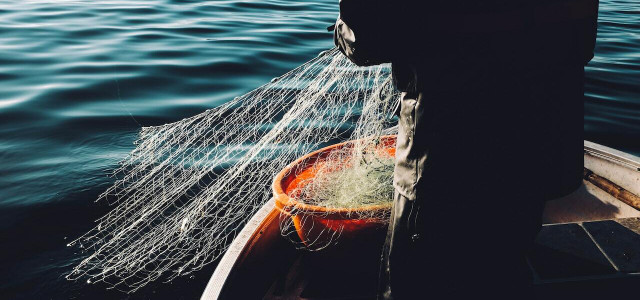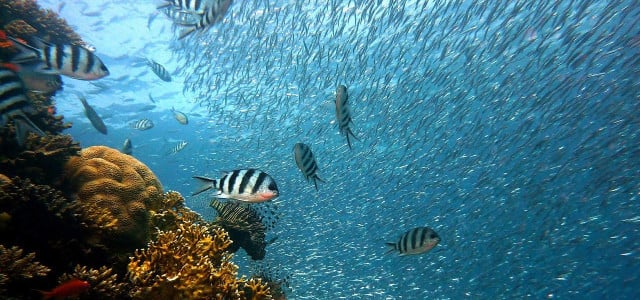Solutions to overfishing are crucial to start mitigating the impact that humans have had on the world’s largest ecosystem. Here’s how individuals can contribute.
The ocean has been a source of livelihood for humankind since the dawn of time. Covering more than 70% of the Earth’s surface, it’s little wonder that we rely heavily on it for food, jobs and our overall livelihoods.
Overfishing threatens biodiversity and is becoming a massive problem as the population increases and our planet tries to keep up. It’s essential to find and implement solutions to overfishing so we can ensure the conservation and long-term health of marine species.
1. Solutions to Overfishing: Marine Protected Areas
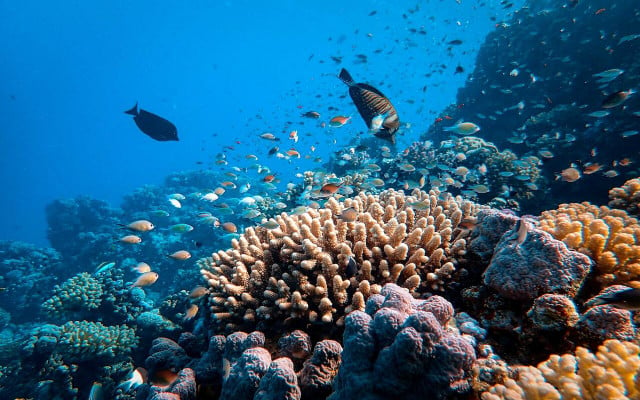


Marine protected areas (MPAs) can be a great solution to overfishing, as fishing typically isn’t allowed in these types of marine parks. Creating more MPAs and no-catch zones will enable entire ecosystems and fish populations to recover and replenish. This step is critical if we hope to ensure fishing opportunities for future generations.
What’s being done?
There are currently over 5,000 MPAs, but they make up less than 1% of the ocean. That number needs to increase significantly if MPAs are to be an effective solution to overfishing. The Marine Conservation Institute wants to see at least 20% of the oceans protected, but they’ll need help to get there.
2. Be an Informed Consumer
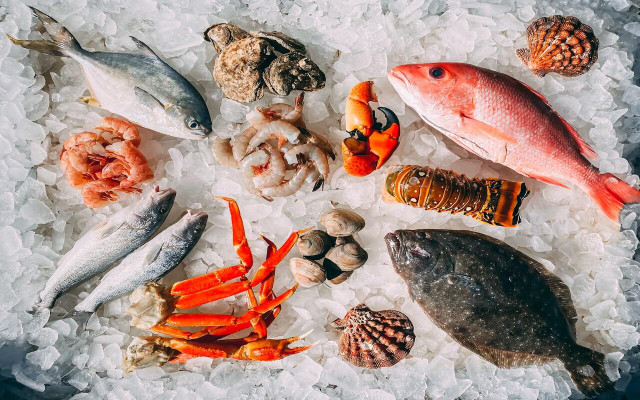


One of the most straightforward solutions to overfishing you can contribute to is choosing sustainable seafood or skipping it altogether.
Here’s how:
- Avoid commonly overfished species like shark, marlin or tuna.
- When eating at restaurants, ask the staff if their seafood is sustainably sourced.
- Purchase wild caught instead of farmed fish.
- Opt for local fish and seafood to limit the energy used for storage and transport. That means being aware of local fishing laws and regulations.
Ultimately, one of the best things you can do is to eliminate seafood from your diet by switching to vegan alternatives like vegan fish sauce, vegan shrimp substitute, vegan imitation crab or vegan lobster.
3. Solutions to Overfishing: Ban Trawling



Trawling is a destructive fishing practice that drags giant nets through the ocean, catching anything and everything in its path. Not only is this incredibly damaging to fragile ocean ecosystems, but it also results in wasteful bycatch. Any fish that were not the target fish are then returned to the water — dead or alive.
What’s being done?
Bottom trawling is already banned or limited in a few areas around the world, but that’s not enough. It needs to be banned completely. The Chinese government banned trawling in Hong Kong’s waters back in 2012, and in 2015, Chile banned bottom trawling around its seamounts. Environmental organizations and charities are fighting for similar bans in other areas around the world.
4. Implement Proper Fishing Management



Better fishing management systems must be in place as a basic solution to overfishing and to maintain healthy levels of fish in the ocean. One type of fishing management system is known as catch shares, where scientific data is analyzed to decide a total allowable catch and then license out shares. This approach stabilizes the fishing industry and protects the environment by allowing fish populations to replenish. Furthermore, it provides fishing communities with more predictable incomes.
What’s being done?
There are 188 catch-share programs globally, 17 of which are in the United States. For this to work as a solution to overfishing, more catch-share programs need to be implemented, and the existing ones need to be strengthened.
How You Can Help
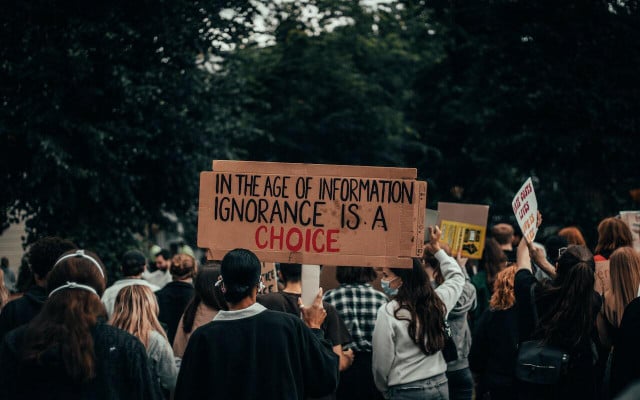


Solutions to overfishing do exist, but knowing how you can help isn’t always easy. Being a conscious consumer is a great way to do your part. If you’re looking for other ways to get involved, consider the following.
- Educate yourself and others: Watch documentaries that showcase this problem, such as Revolution and Sharkwater.
- Take action: Reach out to government officials, sign petitions, join protests and get your friends and family involved.
- Support Environmental NGOs: Regardless of whether your support is financial or through volunteering your time, environmental organizations and charities need help to advocate for their cause.
Read more:
- Swai Fish: Why You Really Shouldn’t Eat Pangasius
- Cryopreservation: How it Works & Its Role in Biodiversity
- Fish Leather: Durability, Ecology, and Sustainability
Do you like this post?






